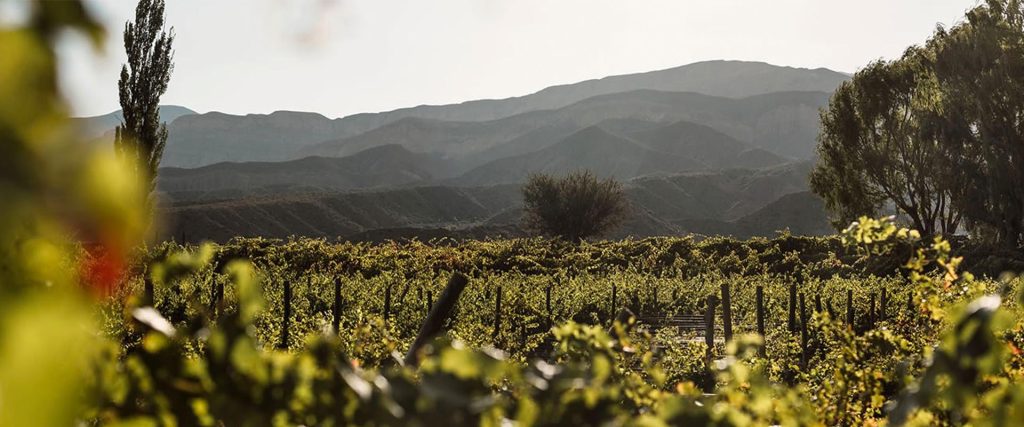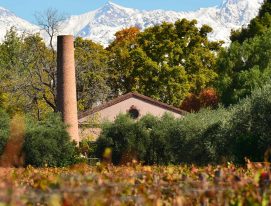Hello wine lovers! Hello summer! Hello suffocating heat of the southern hemisphere! How lovely it is to be on a road trip when the evenings stretch on forever and you can sit outside at night, enjoying the cool air, it’s like sipping on a Cabernet Franc, and looking up at the stars. I love Argentina, I love travelling, and I love the opportunity to see the character, landscapes, and colors of the different provinces reflected in their wines.
In this chapter of my travelog, I’ve gone back up north to enjoy the wines of Jujuy. I still had some unfinished business that I really needed to share with you: you’ll appreciate it when you visit the Quebrada de Humahuaca region. The place is like a magical portal, with its extraordinary colors and the mystical, overwhelming silence, and also because of the wines that grow in this arid land.
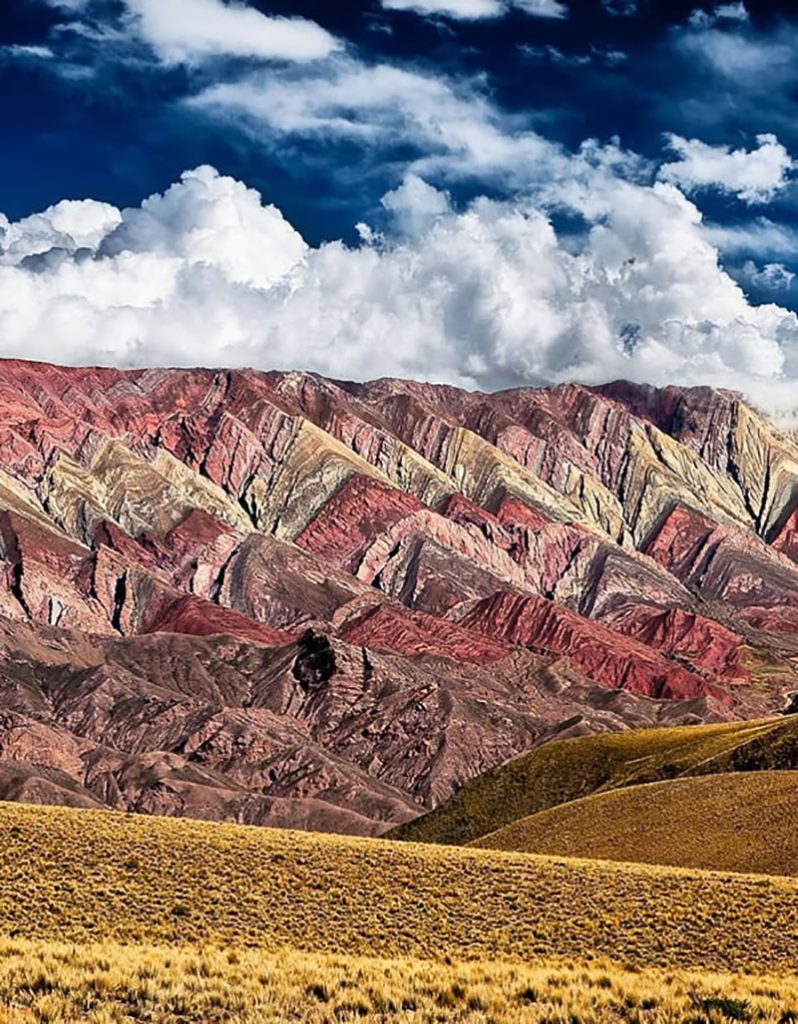
Let me share a few tips for your own trip. Firstly, check out the crafts and textiles made by the artists at Red Puna, in Tilcara, who are reviving the ancestral methods and cultural identity of the Quebrada, using sustainable, fair trade practices. I now have a handwoven llama wool sweater and pair of delightfully soft socks to keep me warm at night. The names of the weavers are handwritten on the labels. Secondly: you need to visit the Museo en los Cerros, which displays Argentine photography in a unique building in Huichaira.
And now let me tell you about three more discoveries I made about the wines of Jujuy..
Wines of Jujuy, a universe to be discovered
Viñas del Perchel
I went to Villa El Perchel, a small town between Tilcara and Huacalera, to visit a family winery that produces wines at a height of over 8600 feet above sea level, one of the highest, and most northerly locations in the country.
Once again, I was amazed at the natural challenges and extreme climate in which the wines of Jujuy are made. Stand outs here include the Malbec-Syrah blend and Malbec, Syrah and Tannat varietals, which express the potency of a terroir the siblings Mabel and Javier Vargas, who run the project, know extremely well.
I made a reservation for a mountain hike, with a light snack to keep my energy up followed by a wine tasting and lunch of local cuisine with music played by musicians from the area. You can also take a shorter tour of the winery and vineyard, taste the house labels and some of the wines still in production, with the option of lunch afterward.
So, you can choose your own adventure, but something that needs to go on your oenological bucket list is the Cactus Tannat de Altura, a red that delivers all the character of the Quebrada in every sip.
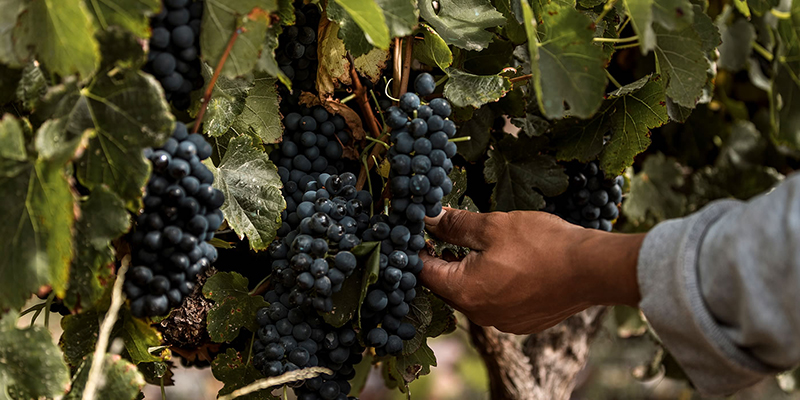
Viñas de Uquía
I loved the fact that in Uquía (famous for its trekking in the Quebrada de las Señoritas and the cheapest stoneware fair in the whole valley) they offer a comprehensive oenotourism package, the brainchild of Jujeño winemaker Claudio Zucchino and his wife Inés.
At the winery, they make Uraqui, which means terroir in Aymara, an unoaked natural wine with no added chemicals. Claudio keeps it in the Cava Mina Moya, an abandoned mine shaft at a height of 11900 feet, where his father once worked. Of course, I visited this unique cellar and indulged myself with a tasting of Andean wines, cheeses and charcuterie in an unforgettable landscape.
The accommodation, which is also run by the owners, has a bioclimatic design and uses solar energy to heat the house and water supply. They also have a permanent art exhibition and a visitor center where you can organize trekking, llama caravans and excursions. The food is another highlight: the general store and organic vegetable garden are well worth a visit, and you can also give their class in Andean cookery a try. The fact that they’re accompanied by the wines of Jujuy makes it all even better.
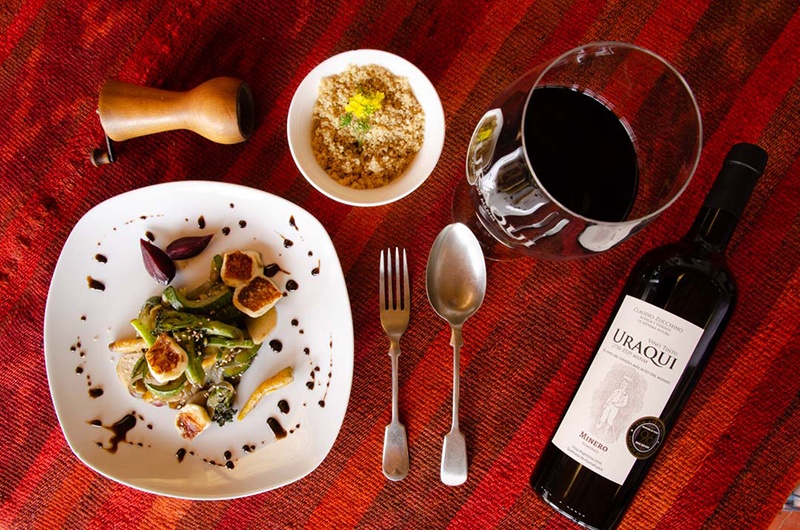
Bodega Kindgard
I got to this winery in Purmamarca following in the footsteps of Diana “la Tana” Bellincioni, a young oenologist from the region who works on different projects across Argentina (in fact, I first heard about her in Mendoza, where she works at Mil Suelos together with Alejandro Sejanovich), and is one of the leading figures in the industry today.
I made a reservation for a guided tour, which includes a tour of the vineyards, a visit to the winery and the cellar, and a wine tasting accompanied by local cheeses and preserves. Don’t forget your hat, sun block, water and comfortable shoes when you go – advice that applies to pretty much every activity in the area.
On our tour, they told me about the hours of sunlight received by the vineyard and the fact that the vines run north to south to get as much of it as possible. Said vines are planted directly at a density of around 9000 per hectare.
The three main varieties are Malbec, Syrah and Cabernet Franc but there are also small plots of Torrontés, Riesling and Chardonnay (among the whites), Merlot, Cabernet Sauvignon and Garnacha (among the reds) and experiments are being carried out with criolla grapes. If I were you, I’d make sure to try the Sacha Tigre Criolla Quebradeña, a unique expression of a grape that is regaining in popularity in Argentine viticulture.
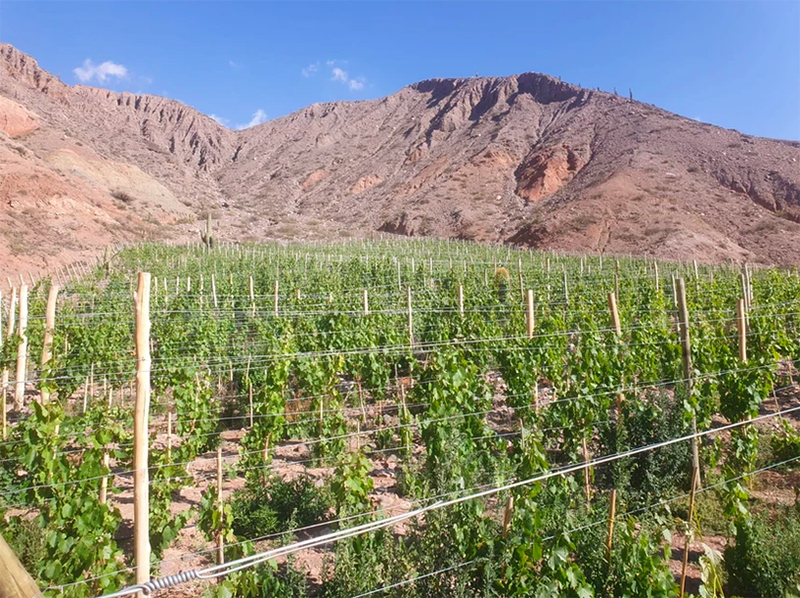
If you’re lucky enough to meet Tana on your tour, make sure to pick her brain. “Mil Suelos is a brand that includes Estancia Los Cardones, Almacén de la Quebrada, Huichaira Vineyard, Manos Negras, Tinto Negro, Zaha, Teho, Vivo Muerto and Estancia Uspallata. I manage the production side from Mendoza and the oenology at the northern projects, the first three wineries listed above. I also run this private project together with my cousin Adolfo Kindgard and his wife Mercedes Grondona,” says Bellincioni from Purmamarca.
“I hope to make wines that will transport you to the local landscape, I’m lucky enough to work with vineyards with different exposures, soils, climates and altitudes that make the character of wines from each place unique. Of course, we also have an important role to play, deciding when to harvest and what work needs to be done at the winery. We’re always looking to achieve a balance of factors to properly express the sense of place.”
Let me know if you’ve ever tried any of the wines of Jujuy and what you thought of them. I’m off to continue my travels. See you next time, cheers!

